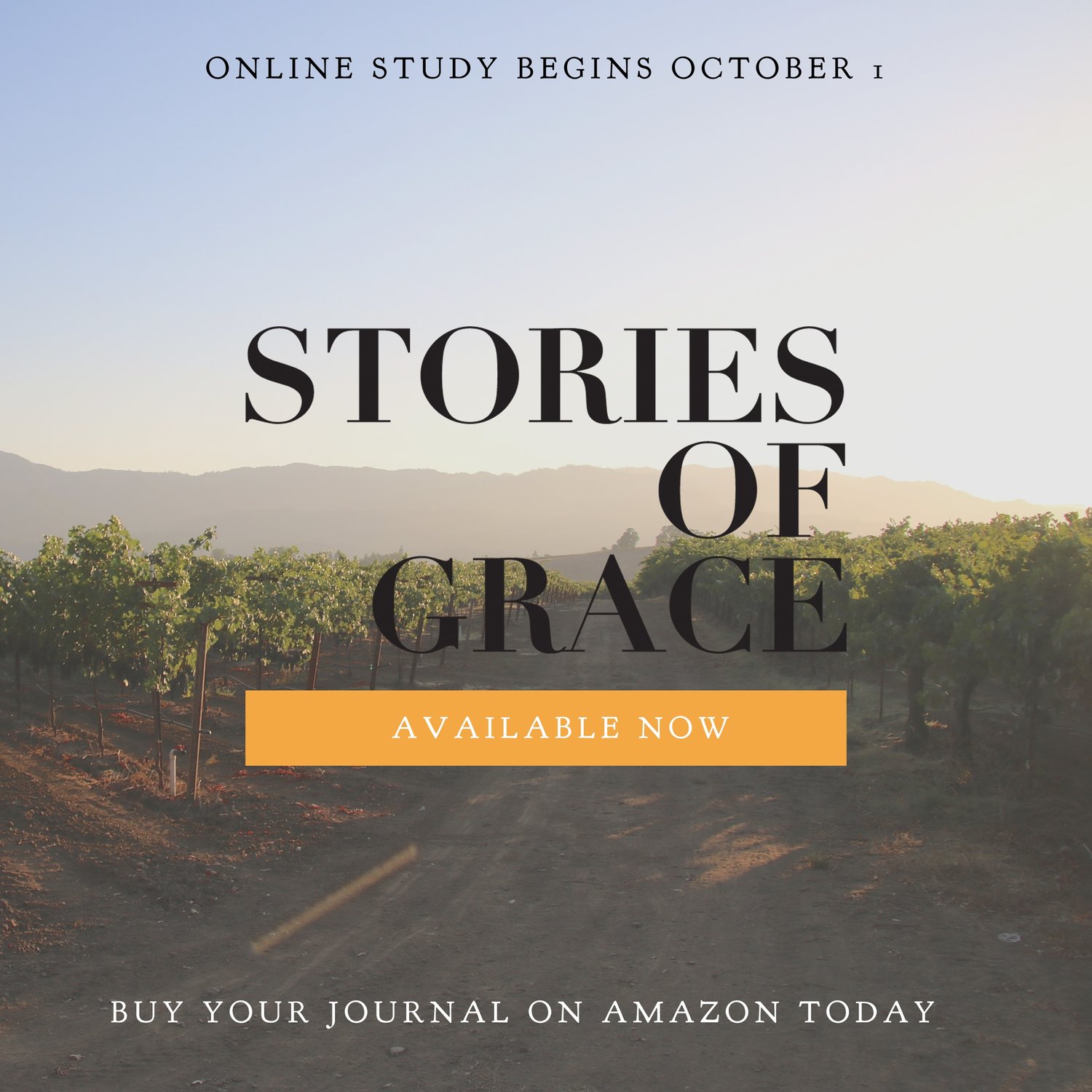All together now!: The Beauty of Unit Study
/We've talked about the little ones and we've talked about special needs, but we haven't really addressed the organizational underpinning of learning in the heart of my home. We haven't talked about "Rabbit Trails," more familiar to some as "unit study."
In the spring of 1987, I read everything I could get my hands on about marriage and weddings. I clipped magazines, scouted stores, talked to florists, made silk bouquets and tiny little favors. I recorded everything in a beautiful journal. No one assigned this reading and research and hands-on work. I was driven by my own very intense interest;-) There was a culminating event at the end of my unit study and many pictures were taken to record what I had learned.
In the spring of 1988, I found myself doing a similar study on pregnancy and babies. And in the spring of 1990, yet another self-driven research project on cancer. All three times, I learned more about a topic than I'd learned about any topic in school. And on no occasion did I learn it from a textbook. Each of these are examples of how we learn in "real life." It's integrated, driven by delight or need to know, and founded upon living books written by people who are passionate about the topic at hand. And it's meaningful. It's real life learning.
Textbooks present difficult material in a condensed, yet broad manner. They are notoriously dry, with a few exceptions, and they go broadly over the whole subject matter instead of plunging deeply into a narrower piece of it. Living books, on the other hand, are infused with the breath of the matter. They are interesting and compel us to want to know more.
The traditional approach to education relies heavily on textbooks and age-segregated learning. The approach in my home relies on living books and learning all together as a family. For my "grammar school aged" children, I plan math and language arts individually and the rest is left to family rabbit trails.
There was one time when I ordered carefully laid out lesson plans for each of them. I thought they would simplify my life. I stayed up almost all night reading those plans. I reveled in their order, in having "it all done for me." I took comfort in the idea that each day was planned for each child. Then I wondered what I would do when Stephen was interested in the continents Nicholas was studying and Patrick wanted to study the human body with Mary Beth and they all wanted to get in on liturgical art picture study. My children have never learned in a little box and as I studied those perfect little boxes, I realized they'd never work for us. The lesson plans, which could not be returned, stayed on the shelf. The price I paid was the price of my tuition for lessons learned.
What does work for us and works very well is to plan on math, language arts and Latin at the earliest part of our day and then to leave two chunks of time later--one for the rabbit trail and one for nature study.
We choose a topic, gather lots of books related to that topic, research the topic on the web, ask other folks who have studied the topic and then take as long as we need to get our fill of the topic. We spent three weeks studying China and creating a lapbook. We spent ten weeks on Colonial America. We spent about a week on ants. The building from the littlest up approach works well here (though most unit study enthusiasts advocate a trickle down approach). I've found that my older children and I can learn a great deal about a topic from a Magic School Bus book or a Gail Gibbons book or a Jean Fritz picture book. And when the material is presented simply and memorably, they retain it.
So, we start with the content-oriented picture books. Then we add the picture story books. Then I add a a read-aloud novel for everyone. Then I add a read-alone novel for the older children. From there, we see where the subject matter takes us. Sometimes there are handicrafts and sometimes there is art. Sometimes there is music and sometimes there is a great deal to be done outdoors. I don't force those things. As a matter of fact, there are times (like when a new baby comes) that I deliberately plan rabbit trails that are limited to the books alone.
One of the greatest joys of learning this way is that academic experiences become family memories.
Remember when we studied apples and we did nothing but peel and cook and can apples for days and days and we had an apple pie contest with the Stantons? Remember when we worked so hard to put the gardens in? Remember when we went to that Japanese restaurant? Every time I see those old split rail fences, I remember when we studied the Civil War.
Who needs review sheets? We have each other and the vivid memories that come with reading interesting books and doing interesting things.
What this kind of learning means for me from a management standpoint is multi-faceted. I can't look at five different lesson plans, with five different sets of science plans and five different history time periods and five different geography ideas and know them all well. And that's just the grammar-school-aged children! I can't supervise that kind of learning and I can't give it the kind of depth I want it to have. Granted, it's all there for me, but I still have to plan, because I have to figure out how to ensure that it all gets done.
On the other hand, with rabbit trails, I do have to make an investment of planning time. And sometimes the investment is rather large. I will sit for hours and pull together different facets of a study. I don't think I have to do this, though. I think I want to do this. There are unit studies out there, pretty much already written and I hear they are quite good. I just can't seem to keep myself from adding and deleting and tailoring to the tastes of our family.I often say that mom's teaching style is as important as a child's learning style and this teaching style feeds the creative spirit in me.
How do I know what to study next? I don't really think order is all that important. And I think it's natural that children in different locales will study different things at different times. Fourth graders in Virginia schools study Virginia history. I remember studying New England history in the third grade in Rhode Island. I'm not sure a child in Arkansas will study either in very much depth, but he'll know a great deal more about the history of the deep south. I don't remember ever studying fossils or dinosaurs. I studied plants at least three times.
The body of knowledge is so huge now, that children will never know everything there is to know about history and science and geography. What he really needs to know is how to learn. He won't get that from reading textbooks and taking the comprehension test at the end of chapter provided by the textbook committee. When we design a unit study or evaluate one already written, we do it with an eye on what such a study should include in order to provide for real learning of a topic.
There should be:
- Plenty of reading related to the topic. Looks for books that engage you. A quality children's book is one that can be enjoyed by an adult as well. If it's a picture book, the pictures should enhance the text. It it's a content book it should be written by someone with an engaging writing style who is passionate and knowledgeable about the subject at hand. If it's fiction, it should captivate the reader and works its way into his memory.
- Vocabulary: Every subject matter has a vocabulary of its own. If you know this vocabulary, you have pegs upon which to hang the rest of the information. Choose short lists of vocabulary to study daily.
- Recording: Children need ways to record the information they learn. Sometimes this is narration--a child will tell me what he's read and I will record what he says at the keyboard or an older child will write about what he read. Narrations are kept in notebooks and often embellished with stickers or illustrations. Another method of recording is lapbooks. We've had some wonderful successes with lapbooks. They are both memorable and labor-intensive. Well worth the effort if you have the time.
- Some kind of hands-on experience. This might be a field trip to a historical site or the building of a birdhouse. Just bring the learning out of the book and into the three dimensional world of the child.
- Music and art related to the topic. It usually doesn't take much to find an art or music connection or both. Don't force this fit--just look for the obvious connections.
- Poetry: These are the best of times for memorization and there is always a poem out there perfect for the occasion. Use them for copywork and for memory work.
I am firmly convinced that children learn best this way. I am also firmly convinced that I couldn't manage any other style of learning in my home. It suits us and one of the beauties of home education is that we can choose a style of learning that suits us. People who know Charlotte Mason are quick to point out that she wasn't a unit study advocate. I know that. But I'm not Charlotte Mason (and she didn't have eight children and a traveling husband). I take many of her ideas about learning and apply them to my own household situation. We use narration and copywork and dictation in our homes much the way it was advocated by Miss Mason. And we are out of doors whenever we can be--also a pillar of a Charlotte Mason education. Sometimes our units are nature study units, but always we have nature study going, whether it's unit related or not.
I think that unit study guards us from being intellectually lazy. We have to ask "What do we want or need to know? How should we find out?" It's not all spelled out for us in a lesson plan--Read page 26 and answer the questions. This will ensure you know what you need to know. Life doesn't work that way. We need to teach our children how to find out. Furthermore, we need to inspire in them a desire to find out. Unit studies inspire that real approach to knowledge acquisition and retention. I wouldn't have it any other way.





